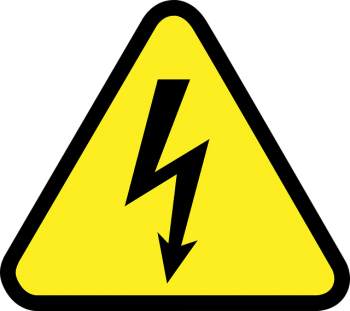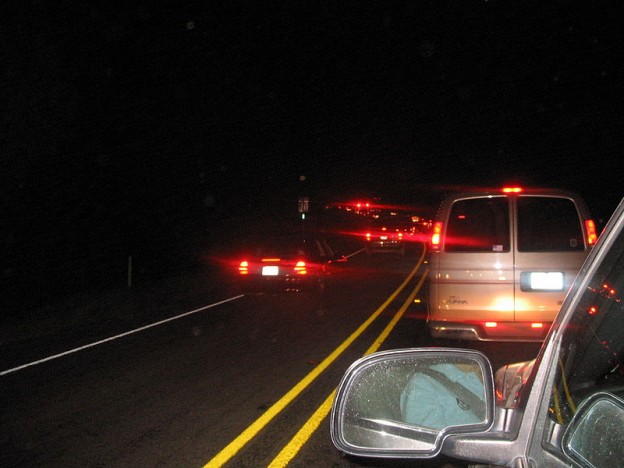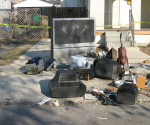The Liability Side Of The Future Of Transporation
If you’re a victim in a car accident, you may wonder if you should hire a lawyer to help you pay for your personal injuries or damage to your car. In some cases, it’s obvious that you deserve compensation because Colorado law makes it clear that the at-cause driver is financially responsible. In other cases, the complexity of the issue makes it necessary to hire a personal injury attorney to review any injury claim.
One frequent issue is that the person who caused the accident does not have insurance or is under-insured. The victim often wonders if it is possible to pay for a personal injury attorney to help them pursue their claim.
Fortunately, there are personal injury attorneys who don’t charge an initial consultation fee and who then accept payment on a contingency fee basis. Instead of charging by the hour, they charge based on a percentage of the amount they recovered for the client.
Legal representation helps to pay for economic damages like wage loss, medical expenses, and associated expenses due to the accident. It also helps with non-economic damages such as pain, suffering, and any physical impairment.
Fortunately, over time car manufacturers are building safer cars, making car accidents less likely to happen or reducing the impact of an accident. With each new generation of automobile models improving automation and increasing crash safety, we are now way beyond seatbelts, airbags, and antilock brakes.
Today’s high-end cars, as well as some in the mid-price range, now have features like lane-departure warnings, forward collision warnings, and blind-side monitoring. It is expected that many new and old crash-avoidance and crash-mitigation features will play a major part in the evolution of automated features; and, no doubt, there will be many new features that we have not yet heard about yet.
While these measures improved road safety, we now have a new challenge: Self-driving cars. Currently, taxi fleets like Uber are launching a pilot study in the San Francisco area.
At present, no one knows the answer to the question of whether or not car safety will increase or decrease with the advent of more autonomous cars.
While pessimists think it’s all a bad idea, optimists believe things could not be better. The pessimistic view is that the technology has largely been untested and claims about increased safety are unproven marketing claims.
The optimistic view is that until this time, most car accidents have been caused by either inattentive drivers or defective vehicles and that better-built cars, with more safety features, and sensors superior to human sight and hearing will reduce road fatalities.
Meanwhile, while government bodies and the general public are trying to figure out the philosophical underpinnings, manufacturers of self-driving cars are betting on the premise that autonomous driving will be safer.
According to Håkan Samuelsson, President and CEO of Volvo Cars, “Our vision is that by 2020 no one should be killed or seriously injured in a new Volvo car.” Tesla, too, is highly optimistic. They believe that their Autopilot feature will cut accident rates by half. Is this optimism warranted or is it mere marketing hype?
New Problems
Here are three questions that lawmakers and insurance companies have to ponder about the safety of self-driving cars.
- How will self-driving cars respond to the unexpected? While human beings have a reputation for getting intoxicated on drugs and alcohol behind the wheels, falling asleep behind the wheel or texting and not paying attention to the road, they are good at dealing with unexpected events. When the adrenaline kicks in, a human being can swerve past a child or a dog that runs on the road, or slam the breaks when the car in front suddenly stops. This is something computers don’t know how to do.
- Bad weather. Again, human beings are able to make some smart decisions when the lines on the road disappear, while self-driving cars don’t have a way to figure out what to do when lines disappear or the landscape ahead is just one massive sheet of snow and ice.
- Rerouted roads. Self-driving cars rely on satellite technology to figure out the streets, but they will become completely lost when it comes to detours and reroutes due to an emergency or road repairs.
New Guidelines
In an attempt to get a grip on the safety issue, CNBC reports that the U.S. Secretary of Transportation, Anthony Foxx has issued the following guidelines:
“Vehicle performance guidance: This includes a 15 point safety assessment automakers are requested to sign which certifies the vehicles are ready for public roads.
“Model for state policy: This clarifies what the Federal government expects for testing and operating autonomous vehicles and recommends areas where states can set their own policies.
“Current Regulatory Tools: This outlines what the National Highway Traffic Safety Administration (NHTSA) can do as it interprets and enforces rules to ensure self-driving vehicles are safe.
“New Tools and Authorities NHTSA could consider in the future: This includes proposals open for public comment, such as whether or not fully-autonomous vehicles should be required to have a steering wheel.”
The Future of Car Safety
Emerging car safety issues don’t have a solution yet. While sensors and algorithms are powerful ways of navigating on a road, they can’t match human senses and instant decision-making powers of the human brain, which took eons to evolve. In the meanwhile, personal injury attorneys are proactively addressing the issue with research studies and mock trials. In the future, lawmakers and insurance companies may try to determine if the other car, not if the other driver is at fault is at fault in the event of a car accident.
Author: Jimmy Simond
















